
Wall Mounting EV Charge Station
Why Investing in a Type 1 EV Charger is Essential for the 2023 Electric Vehicle Surge
As the demand for electric vehicles (EVs) surges in 2023, the necessity for efficient and accessible charging infrastructure has never been more critical. Among the various charging options available, the Type 1 EV Charger stands out as a vital component in supporting this electrifying shift towards sustainable transportation. With technological advancements and increased consumer interest in electric mobility, investing in a Type 1 EV Charger is not just a strategic move; it is an essential step to facilitate the seamless integration of EVs into our daily lives.
The Type 1 EV Charger offers a standardized solution that caters to a wide range of electric vehicles, making it an attractive choice for both residential and commercial charging stations. As more manufacturers commit to producing electric models, the need for reliable charging options becomes paramount. By understanding the benefits of installing a Type 1 EV Charger, stakeholders—including homeowners, businesses, and municipalities—can position themselves as leaders in the green transition while meeting the growing demands of EV drivers.
In this context, exploring the reasons behind the pressing need for Type 1 EV Chargers in 2023 and beyond will illuminate how this investment not only enhances accessibility but also plays a pivotal role in driving the widespread adoption of electric vehicles, ultimately supporting a more sustainable future.
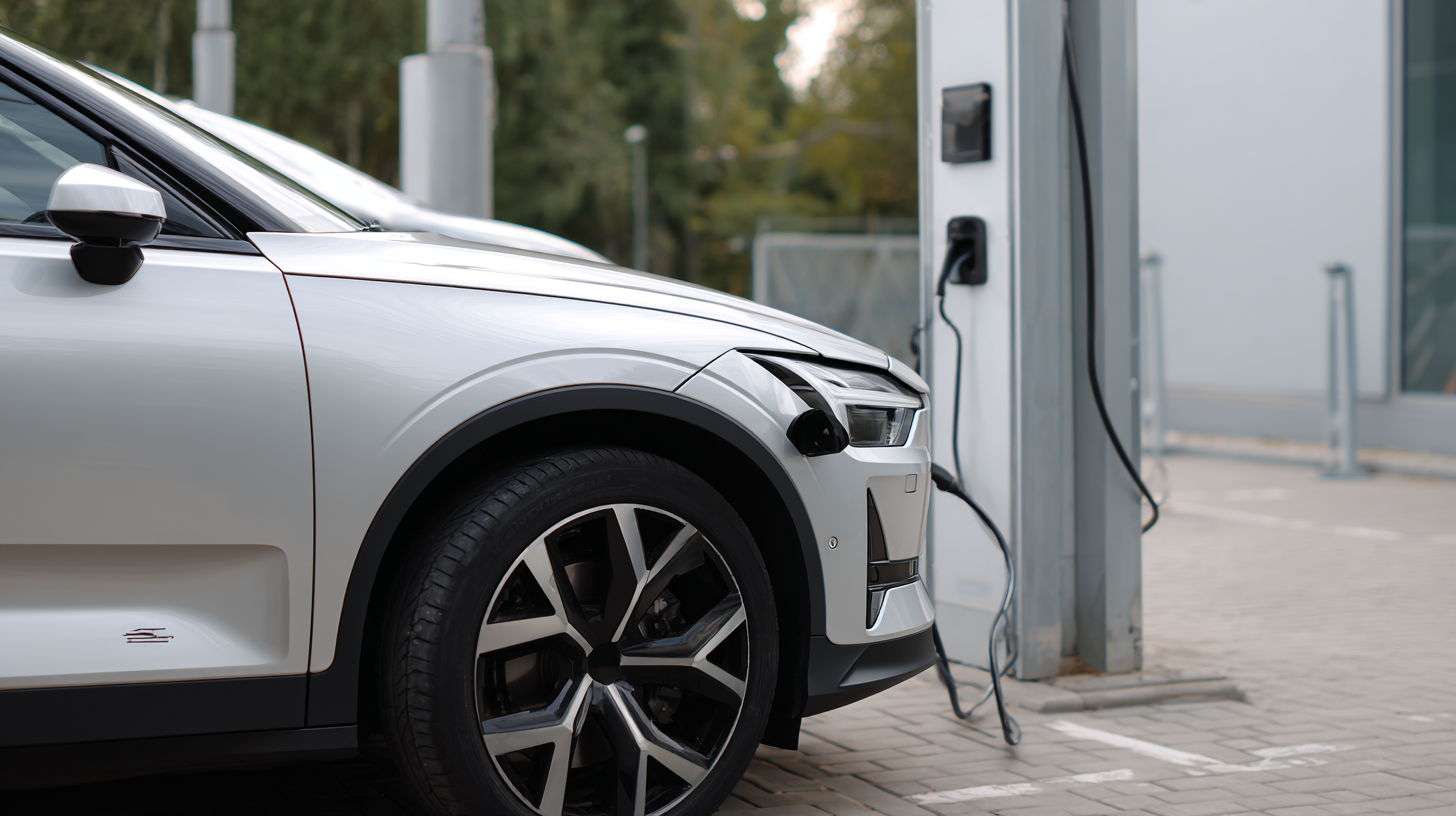
Importance of Type 1 EV Chargers in Supporting Electric Vehicle Growth in 2023
The surge in electric vehicle (EV) adoption in 2023 underscores the necessity of investing in Type 1 EV chargers. With a significant number of Americans living within proximity to public charging stations, there is an increasing demand for accessible and efficient charging solutions. Type 1 chargers play a pivotal role in facilitating this growth, offering a reliable infrastructure that supports everyday drivers as they transition to electric vehicles. As the market continues to expand, these chargers ensure that owners can conveniently charge their vehicles, thereby enhancing the overall EV experience.
Furthermore, the rapid growth of EV charging infrastructure in the United States indicates a robust future for electric mobility. Projections show a compound annual growth rate of 43.7% for charging stations from 2018 to 2023. With states like California experiencing variable trends in EV sales, the reliance on a steadfast and diverse charging network becomes even more critical. By investing in Type 1 chargers, stakeholders can contribute to a more resilient charging ecosystem that not only supports current EV owners but also encourages potential customers to make the shift towards electric vehicles. This alignment will be essential in maintaining momentum in EV adoption throughout the year and beyond.
Key Advantages of Type 1 Chargers for Home and Public Charging Needs
Investing in a Type 1 EV charger is becoming increasingly essential as the demand for electric vehicles (EVs) surges in 2023. Type 1 chargers, particularly popular in North America, offer a straightforward solution for home and public charging needs. According to industry reports, the global market for air-cooled EV charging modules is set to expand significantly, projected to reach a size of over $68 billion by 2032 at a compound annual growth rate of 32.6%. This growth underscores the increasing reliance on efficient charging solutions that accommodate a variety of applications, including residential settings and public charging stations.
One of the key advantages of Type 1 chargers is their compatibility with most electric vehicles, facilitating easier access to charging infrastructure. As public charging stations increasingly integrate advanced features like touch displays and user-friendly human-machine interfaces, Type 1 chargers stand out for their simplicity and reliability. The global EV supply equipment market is expected to grow substantially, reflecting a robust 32.6% annual growth rate, driven by the rising adoption of EVs and the need for widespread charging solutions. This evolution highlights the necessity of investing in Type 1 chargers to meet both personal and community charging needs efficiently.
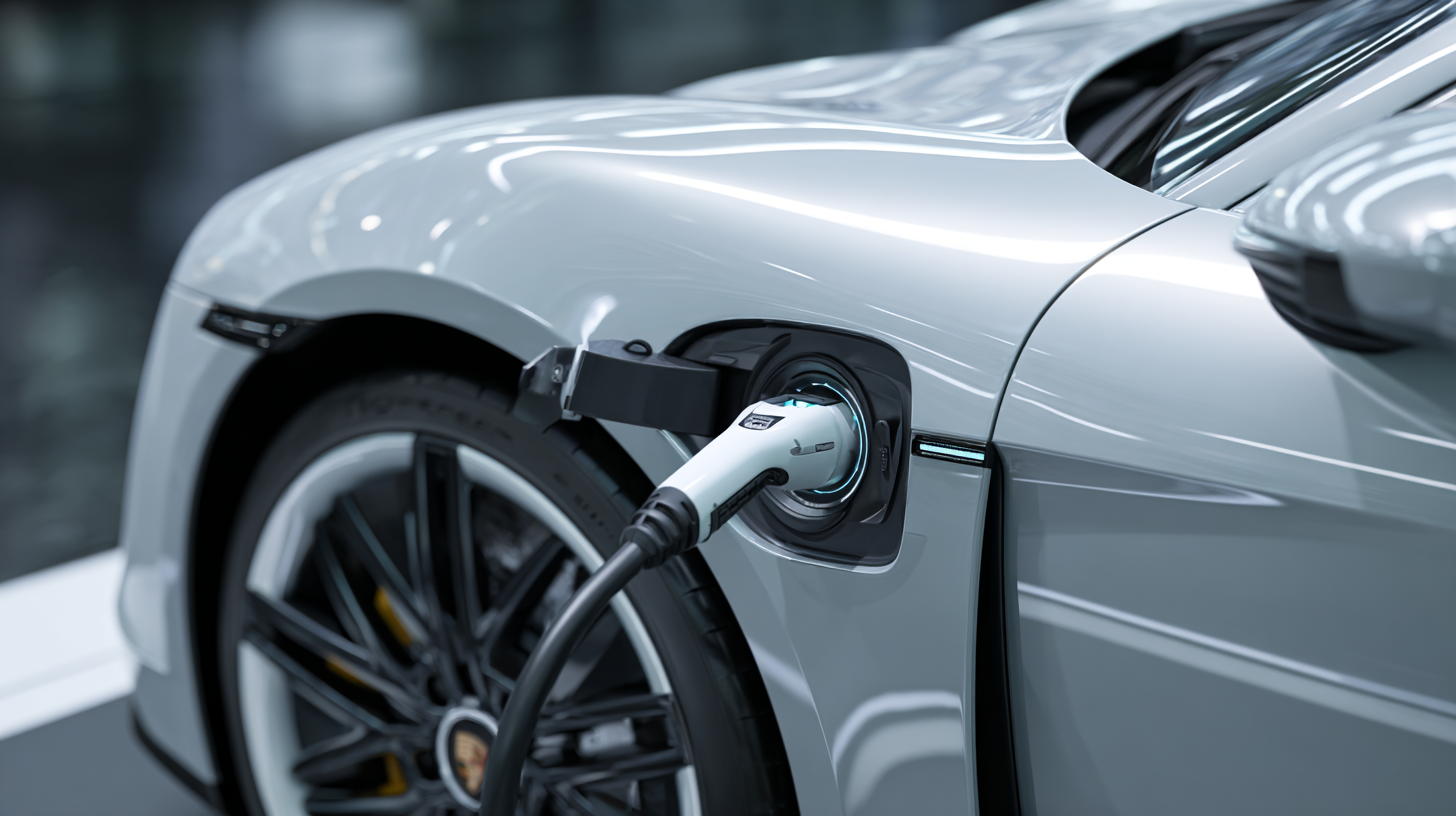
How Type 1 Chargers Enhance the User Experience for EV Owners
As the electric vehicle (EV) market continues to surge in 2023, investing in a Type 1 EV charger becomes increasingly essential. One of the standout features of Type 1 chargers is their user-friendly design, allowing for a straightforward connection process that even first-time EV owners can appreciate. This uncomplicated setup reduces the anxiety often associated with charging, making the transition to electric vehicles smoother and more appealing.

Furthermore, Type 1 chargers significantly enhance the overall user experience by providing faster charging times compared to standard outlets. This efficiency not only saves time but also encourages drivers to rely on their EVs for everyday needs, knowing they can quickly recharge while at home or at work. Additionally, many Type 1 chargers come equipped with smart technology, enabling users to monitor charging status through mobile applications. This integration offers convenience and peace of mind, as owners can track energy consumption and gain insights into their charging habits. By prioritizing the user experience, Type 1 chargers support the growing adoption of electric vehicles and ultimately contribute to a more sustainable future.
Future Trends in EV Charging Infrastructure: The Role of Type 1 Chargers
The recent surge in electric vehicle (EV) adoption has highlighted the critical need for robust charging infrastructure, particularly the Type 1 EV chargers. As public EV charging stations have more than doubled since 2022, reaching over 5 million globally, the role of these chargers in supporting the widespread use of electric vehicles cannot be overstated. Type 1 chargers provide a vital link for users who rely on Level 1 and Level 2 charging options, making them essential for both home and public charging scenarios.
Future trends indicate that the U.S. electric vehicle charger market is on a rapid growth trajectory, projected to reach around USD 123.0 billion by 2034, with a compound annual growth rate (CAGR) of 26.1%. This growth is closely tied to advancements in EV charger technology and infrastructure development. The increasing availability of public charging points, as evidenced by Canada's nearly 24-percent rise in charging stations between March 2024 and March 2025, underscores the importance of investing in Type 1 chargers to ensure accessibility and convenience for EV owners. Embracing this infrastructure shift not only promotes sustainability but also nurtures consumer confidence in electric vehicle technologies.
Why Investing in a Type 1 EV Charger is Essential for the 2023 Electric Vehicle Surge - Future Trends in EV Charging Infrastructure: The Role of Type 1 Chargers
| Dimension | Data |
|---|---|
| Projected EV Sales in 2023 | 8 million units |
| Type 1 Charger Installation Growth (%) | 45% increase year-over-year |
| Average Cost of Type 1 Charger | $600 |
| Total Charging Stations Needed by 2025 | 1 million stations |
| Percentage of EVs Compatible with Type 1 | 70% |
| Charging Speed (kW) | 3.7 kW (Level 1) |
| User Satisfaction Rating (%) | 85% |
Cost-Effectiveness of Investing in Type 1 Chargers Amid Rising EV Sales
With the electric vehicle (EV) market booming, investing in Type 1 EV chargers has become a strategic move for both consumers and businesses. The International Energy Agency (IEA) reported that global EV sales surged by 40% in 2022, reaching over 10 million units. As the trend continues, having the right charging infrastructure is crucial. Type 1 chargers, known for their compatibility with various EV models, provide a cost-effective solution for those looking to capitalize on the increasing demand.
Investing in Type 1 chargers can yield significant savings in the long run. A report from BloombergNEF highlights that the total cost of ownership for EVs can be significantly lower than traditional vehicles, especially when charging infrastructure is optimized. The upfront costs of Type 1 chargers are often offset by lower energy costs and government incentives aimed at promoting electric mobility. Additionally, with the potential for rising electricity rates, charging at home may prove more economical than relying solely on public charging stations.
Tips:
1. Consider installing a smart meter to track electricity usage, which can help manage costs effectively.
2. Research local government grants or incentives that can further reduce the initial investment in charging infrastructure.
3. Regularly assess the charging station’s performance to ensure efficiency and identify opportunities for cost savings.
Related Posts
-
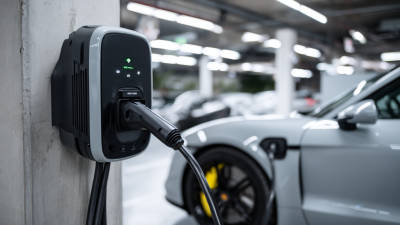
5 Essential Tips for Choosing the Best Type 1 Ev Charger
-
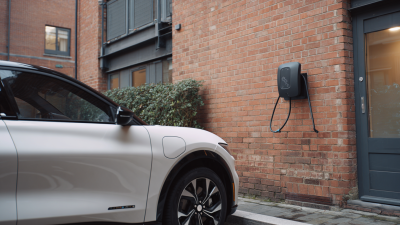
Understanding the Benefits of Installing a Type 1 Ev Charger at Home for Eco Friendly Driving
-

Innovative Wall Ev Charge Station Solutions Shining at 2025 China Import and Export Fair
-

How to Maximize Your EV's Potential with the Ac V2l Adaptor: A Comprehensive Guide
-
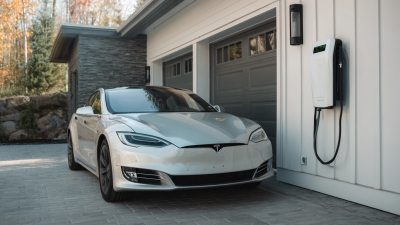
5 Essential Tips for Choosing the Perfect Home Ev Charger
-

Unleashing Innovation in Portable EV Chargers from China Quality Assurance for Global Buyers

